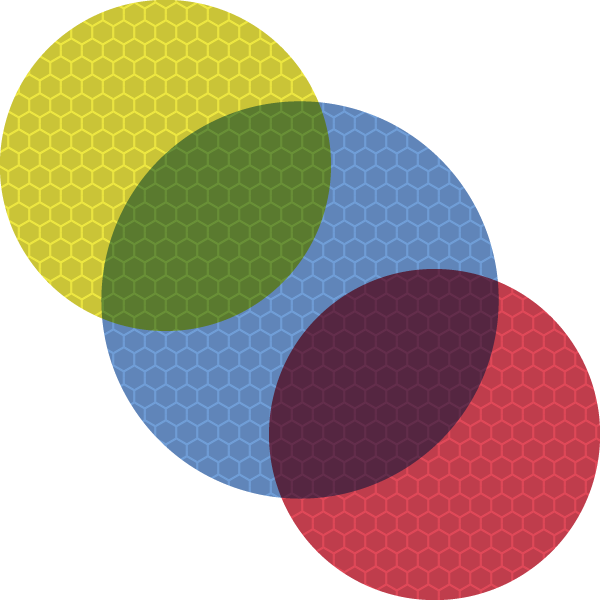1965_Sackson_215_July 14.jpg
Creator
Sid Sackson
Date
1965
Format
.jpg
Source
Box 1, Object 3, Sid Sackson collection
Item sets
Rights Statement
The Strong, Rochester, New York.
Full Metadata
 1965_Sackson_215_July 14.jpg
1965_Sackson_215_July 14.jpg
Title
1965_Sackson_215_July 14.jpg
Rights
The Strong, Rochester, New York.
Type
image
Creator
Sid Sackson
Date
1965
Format
.jpg
Language
English
Source
Box 1, Object 3, Sid Sackson collection
Coverage
1965
transcription
WEDNESDAY 14 JULY
1965 195th day - 170 days to come
Spoke to Claude on phone. Mentioned the following books:
MAKE IT YOURSELF GAMES by Robert Reeves (He didn't see it.)
MATH GAMES & by A.P. Domoryad - Pergamon Books
GAME THEORY & RELATED APPROACHES - by Martin Shubick.
He saw this in the Math Section of B&N. It contains
a game by the author that looks interesting.
Claude told me of another original game by him;
called WHAT FOUR? Using pencil and paper a board
similar to the following:-
[diagram of four numbered cards on each side N, S, E, W]
One player chooses any
number as a start and
draws a line to another num-
ber. The two must add to
4 or a multiple of four.
Then the next draws a new
line from this box, to another
number so that, again, the
two ends add to a multiple
of 4, etc. A line can
never be crossed. Player
drawing last line wins.
Changes in the layout
can be made. The multiple
number can be 3, 5, or even 6.
A similar type word game (see 8/22/64) is now
called POLLY-SYLLABLE.
Claude is preparing a book of games and puzzles
aimed specifically at school math clubs.
Claude had sent L.O.A. to Martin Gardner. Got a
card in reply saying Martin had a large file
of board games and has no plans for doing a
column on games at the present time.
BB & I played DISPERSAL again. When a player was
within one move of "dispersal" they had to say "threat",
and show the method or methods. If they "dispersed" or
were "dispersed" by opponent without being in a "threat"
position, it was not a win. If "dispersed" without a
"threat" they could move , if possib to protect the "dispersal,"
if such a move available - if not must make a move
anyway, and then announce "threat". Win if opponent
cannot break the dispersal.
Game again took a long time.
1965 195th day - 170 days to come
Spoke to Claude on phone. Mentioned the following books:
MAKE IT YOURSELF GAMES by Robert Reeves (He didn't see it.)
MATH GAMES & by A.P. Domoryad - Pergamon Books
GAME THEORY & RELATED APPROACHES - by Martin Shubick.
He saw this in the Math Section of B&N. It contains
a game by the author that looks interesting.
Claude told me of another original game by him;
called WHAT FOUR? Using pencil and paper a board
similar to the following:-
[diagram of four numbered cards on each side N, S, E, W]
One player chooses any
number as a start and
draws a line to another num-
ber. The two must add to
4 or a multiple of four.
Then the next draws a new
line from this box, to another
number so that, again, the
two ends add to a multiple
of 4, etc. A line can
never be crossed. Player
drawing last line wins.
Changes in the layout
can be made. The multiple
number can be 3, 5, or even 6.
A similar type word game (see 8/22/64) is now
called POLLY-SYLLABLE.
Claude is preparing a book of games and puzzles
aimed specifically at school math clubs.
Claude had sent L.O.A. to Martin Gardner. Got a
card in reply saying Martin had a large file
of board games and has no plans for doing a
column on games at the present time.
BB & I played DISPERSAL again. When a player was
within one move of "dispersal" they had to say "threat",
and show the method or methods. If they "dispersed" or
were "dispersed" by opponent without being in a "threat"
position, it was not a win. If "dispersed" without a
"threat" they could move , if possib to protect the "dispersal,"
if such a move available - if not must make a move
anyway, and then announce "threat". Win if opponent
cannot break the dispersal.
Game again took a long time.
Item sets
